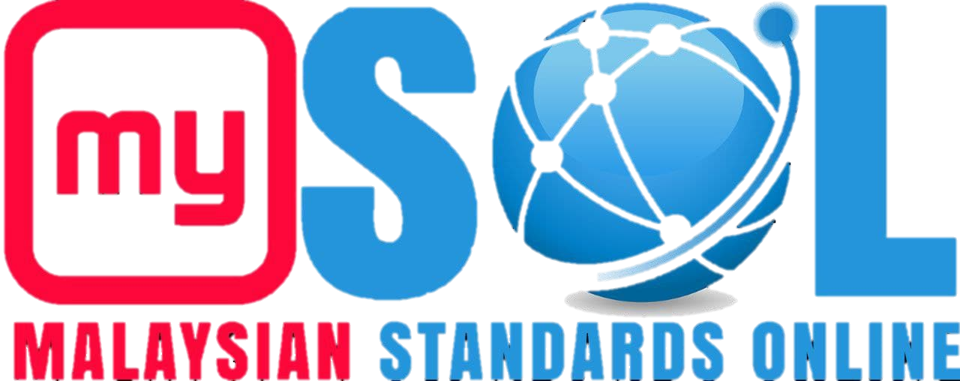METHOD FOR THE EVALUATION OF THE EFFECTIVENESS OF INSECTICIDAL AEROSOL AS CONTACT AND RESIDUAL INSECTICIDES : PLYWOOD PLAQUE METHOD
MS 1130:1989Status : Original
Format : PDF
1.1 This Malaysian Standard prescribes the method for evaluation of the effectiveness of
insecticidal aerosol as contact and residual insecticides against cockroaches.
1.2 This method prov
....Read more
GUIDELINES FOR AUDITING QUALITY SYSTEMS PART 2 : QUALIFICATION CRITERIA FOR QUALITY SYSTEMS AUDITORS
MS ISO 10011 : PART 2 : 1994Status : Original
Format : PDF
This part of IS0 10011 gives guidance on qualification criteria for auditors.
It is applicable in the selection of auditors to perform quality systems audits as recommended in IS0 1001
....Read more
GUIDELINES FOR AUDITING QUALITY SYSTEMS PART 1 : AUDITING
MS ISO 10011 : PART 1 : 1994Status : Original
Format : PDF
This part of IS0 10011 establishes basic audit principles, criteria and practices, and provides guidelines for establishing, planning, carrying out and documenting audits of quality systems.
....Read more
SPECIFICATION FOR AGGREGATES FROM NATURAL SOURCES FOR CONCRETE (FIRST REVISION)
MS 29 : 1995Status : 1st Revision
Format : PDF
This Malaysian Standard specifies the quality and grading requirements for aggregates
obtained by processing natural materials for use in concrete. (For lightweight aggregates, see
BS 3797
....Read more
Batik Malaysia - Spesifikasi (Semakan kedua)
MS 692:2019 (BM)Status : 2nd Revision
Format : PDF
Malaysian Standard ini menetapkan keperluan bahan, teknik, proses, keperluan, kaedah ujian, nilai estetika, penandaan dan pelabelan bagi Batik Malaysia.
Household and similar electrical appliances - Safety - Part 2-80: Particular requirements for fans (Fourth revision) (IEC 60335-2-80:2015, MOD)
MS 1597-2-80:2019Status : 3rd Revision
Format : PDF
This clause of Part 1 is replaced by the following.
This International Standard deals with the safety of electric fans for household and similar purposes, their rated voltage being not more than
....Read more
Paint and coating system for naval vessels
MS 2628:2017Status : Original
Format : PDF
specifications and colour code for use on naval vessels and naval offshore stations.
1.1 The field of application is characterized by:
a) The type of substrate and surface preparation;
....Read more
Assessment service delivery — Procedures and methods to assess people in work and organizational settings - Part 2: Requirements for service providers (ISO 10667-2:2011, IDT)
MS ISO 10667-2:2017Status : Original
Format : PDF
This part of MS ISO 10667 establishes requirements and guidance for the client working with the service provider to carry out the assessment of an individual, a group, or an organization for work-rela ....Read more
Assessment service delivery - Procedures and methods to assess people in work and organizational settings - Part 1: Requirements for the client (ISO 10667-1:2011, IDT)
MS ISO 10667-1:2017Status : Original
Format : PDF
This part of MS ISO 10667 establishes requirements and guidance for the client working with the service provider to carry out the assessment of an individual, a group, or an organization for work-rela ....Read more
Code of practice for structural use of timber - Part 5: timber joints (First revision)
MS 544-5:2018Status : 1st Revision
Format : PDF
This part of Malaysian Standard applies to joints in solid timbers fabricated with mechanical fasteners. These include joints fabricated with the following fasteners:
a) nails;
b) wood scr
....Read more
